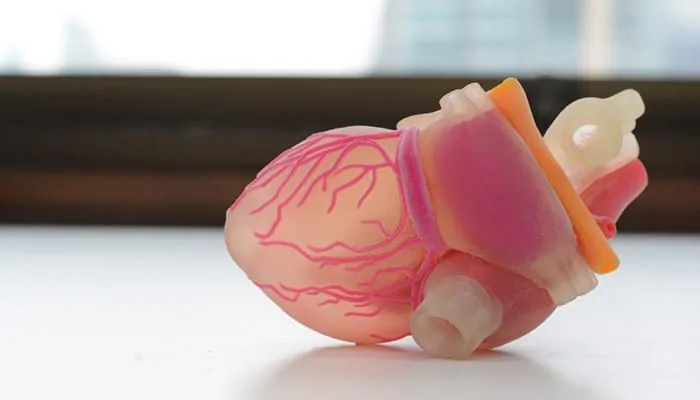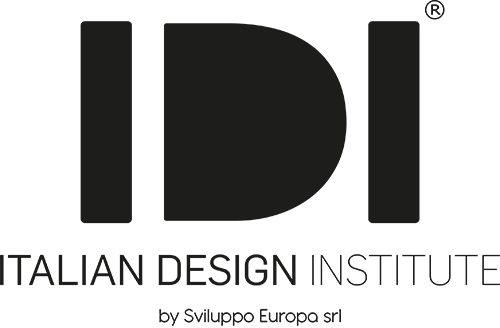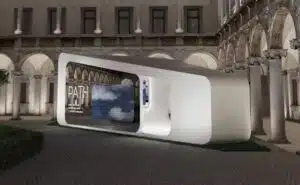Revolution in the world of 3D printing. A new technique for reading the original object will make it possible to reproduce it identically: in essence, a utra-precise 3D printing. Programming, as learned, takes place by converting the data describing the object to be printed into voxelsi.e. in 3D pixels, rather than in geometric representations, as is the case with today's machines. The techniqueput into practice by researchers at the Massachusetts Institute of Technology (MIT) and the University of Harvardwas reported in the magazine Science Advances.

Ultra-precise, polychromatic 3D printing.
The other problem, as reported from ANSAis that relating to the colourbecause 3D printed objects, even today, are not polychromatic. Instead, thanks to the new ultra-precise 3D printing it will be possible to overcome all these difficulties by directly converting the object data into 3D pixels and allowing it to be printed with varied details that are very faithful to the original. In the test, for example, the human brainbut how? By taking images directly from the MRI and converting them into voxels. Each individual 3D pixel has a 'colour code' within it that is used to recreate the original colour shade of the object to be printed. The ink used is a resin coloured resin that hardens when exposed to ultraviolet light. Finally, it is also possible to use different colours of resin to obtain specific shades and even create new ones.




